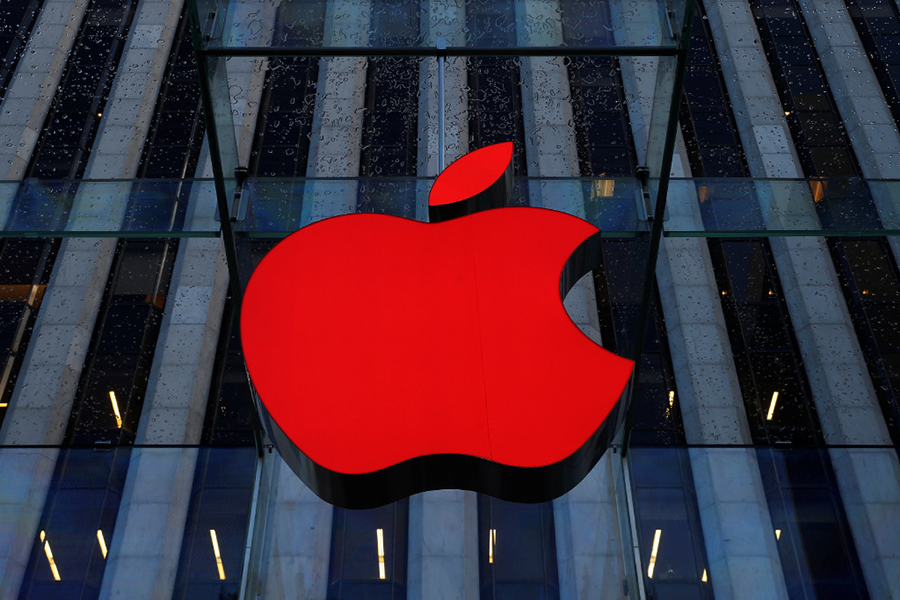Family sues Apple, blaming FaceTime for driver distraction in fatal crash
Loading...
The parents of a young girl who was killed after a driver using FaceTime crashed into their SUV have filed a lawsuit against Apple Inc., alleging that the iPhone maker failed to implement a safety feature that could have prevented the crash.
Distracted driving brought on by a proliferation of mobile devices and technology has become an increasing concern for motor vehicle safety during the past decade. Many states have enacted bans on texting or the use of mobile devices while driving, but a striking number of people still check their phones or text while behind the wheel. In 2014, distracted driving was found to be a factor in more than 3,000 deaths, and some 43 percent of teenagers say they’ve used their phones while driving.
The crash that spurred the suit occurred on Christmas Eve of 2014 in Texas, killing 5-year-old Moriah Modisette. Driver Garrett Wilhelm will stand trial for a manslaughter charge related to his involvement in the high-speed crash next month. Police say he admitted to using FaceTime at the time of the crash and had the application open on his phone when they arrived at the scene.
The suit filed by James and Bethany Modisette seeks damages for "the defendant's wrongful failure to install and implement the safer, alternative design for which it sought a patent in December 2008.”
That reference relates to a patent Apple filed that would have prevented the use of video chatting while traveling at high speeds, therefore barring drivers from making or receiving FaceTime calls and engaging in one of several activities that fall under the distracted driving umbrella.
Filed in California Superior Court in Santa Clara County late last month, the suit also claims that Apple failed "to warn users that the product was likely to be dangerous when used or misused."
While Apple took the steps to develop and patent the safety feature, the company did not automatically enable the hardware on its devices, therefore failing to protect its users and others on the road, the suit argues.
"At the time of the collision in question, the iPhone utilized by Wilhelm contained the necessary hardware (to be configured with software) to automatically disable or 'lock-out' the ability to use [FaceTime] ... However, Apple failed to configure the iPhone to automatically ‘lock-out’ the ability to utilize ‘FaceTime’ while driving at highway speeds, despite having the technical capability to do so.”
Apple has yet to comment on the allegations, but Mr. Wilhelm’s attorneys maintain that the technology did not contribute to the crash, which occurred after the Modisettes slowed their vehicle unexpectedly due to a traffic build up following police activity.
"The Wilhelm family offers their thoughts and prayers for the family of the young lady who lost her life in this tragic accident,” his attorney Ricky Perritt said in a statement to ABC News. “We are confident that after all the facts are brought out in Court, it will be shown that the use of a cellular device did not contribute and Mr. Wilhelm did not commit a crime ... it was simply an accident."








